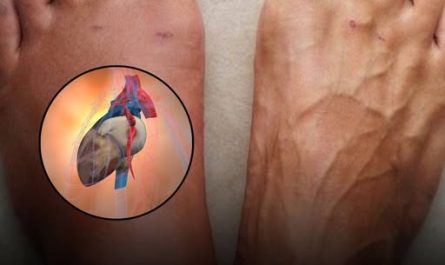A mother’s kiss is often described as comforting, soothing, or tender — a small act of affection repeated countless times throughout childhood. Yet behind this seemingly ordinary gesture lies a profound biological process. Modern neuroscience shows that a mother’s kiss is not simply emotional; it is physiological. It is a coordinated exchange between two bodies, a multisensory signal that shapes neurodevelopment, emotional security, and long-term resilience.
This timeless gesture — lips to skin, pressure to cheek, warmth to nerves — activates a cascade of hormonal, neurological, and emotional responses that imprint themselves on the child’s brain. What ancient intuition always understood, science is now able to observe in real time.
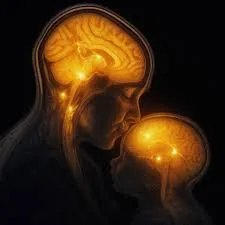
Neuroscience Reveals the Complex Activation Behind a Simple Touch
When a mother kisses her son, advanced neuroimaging has shown that multiple brain regions illuminate simultaneously. This activation is neither random nor trivial; it is part of an interconnected system designed to reinforce attachment and security.
1. Dopamine Pathways and the Nucleus Accumbens: Reinforcing Joy and Connection
The kiss triggers activity in the nucleus accumbens, a central region of the brain’s reward circuitry. Dopamine — the neurotransmitter associated with pleasure, motivation, and bonding — is released, reinforcing the positive emotional significance of the moment.
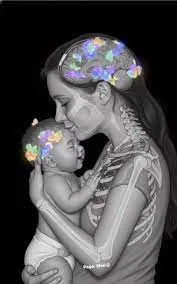
For the mother, this activation motivates caregiving behaviors.
For the child, it solidifies the association between parental presence and emotional safety.
This is the brain’s way of saying:
“This bond matters. Keep it.”
2. Amygdala and Hypothalamus: Anchoring Safety and Emotional Meaning
The amygdala, responsible for processing emotion and evaluating threat, responds strongly to affectionate touch. Research suggests that parental warmth signals safety, helping the child’s nervous system calibrate its stress response.

Meanwhile, the hypothalamus — which regulates hormones, attachment responses, and homeostasis — is stimulated by the sensory input of the kiss. This activation prepares the body for oxytocin release and emotional regulation.
Together, these regions encode a powerful emotional message:
You are protected. You belong.
Oxytocin: The Hormonal Glue of Human Attachment
Few molecules are as critical to bonding as oxytocin, often referred to as the “love hormone.” A mother’s kiss releases oxytocin in both bodies, synchronizing their physiology in subtle but meaningful ways.
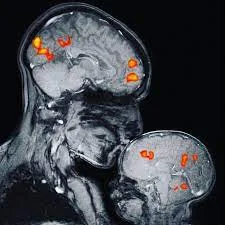
Oxytocin’s Effects Include:
-
Lowering stress and anxiety
-
Enhancing trust and emotional openness
-
Strengthening social memory
-
Supporting secure attachment formation
-
Reducing heart rate and promoting calm
In children, oxytocin plays a key role in shaping early emotional experiences, becoming part of the foundation for future relationships. It teaches the brain what safety feels like, what connection feels like, and how comfort can be sought and received.
A kiss, then — however simple — becomes a neurochemical handshake reinforcing one of the most important bonds in human life.
Regulating the Child’s Stress System: The Quieting of Cortisol
A mother’s affectionate touch has measurable effects on the child’s stress hormones. Studies show that a warm, nurturing gesture such as a kiss reduces levels of cortisol, the hormone responsible for the body’s fight-or-flight response.
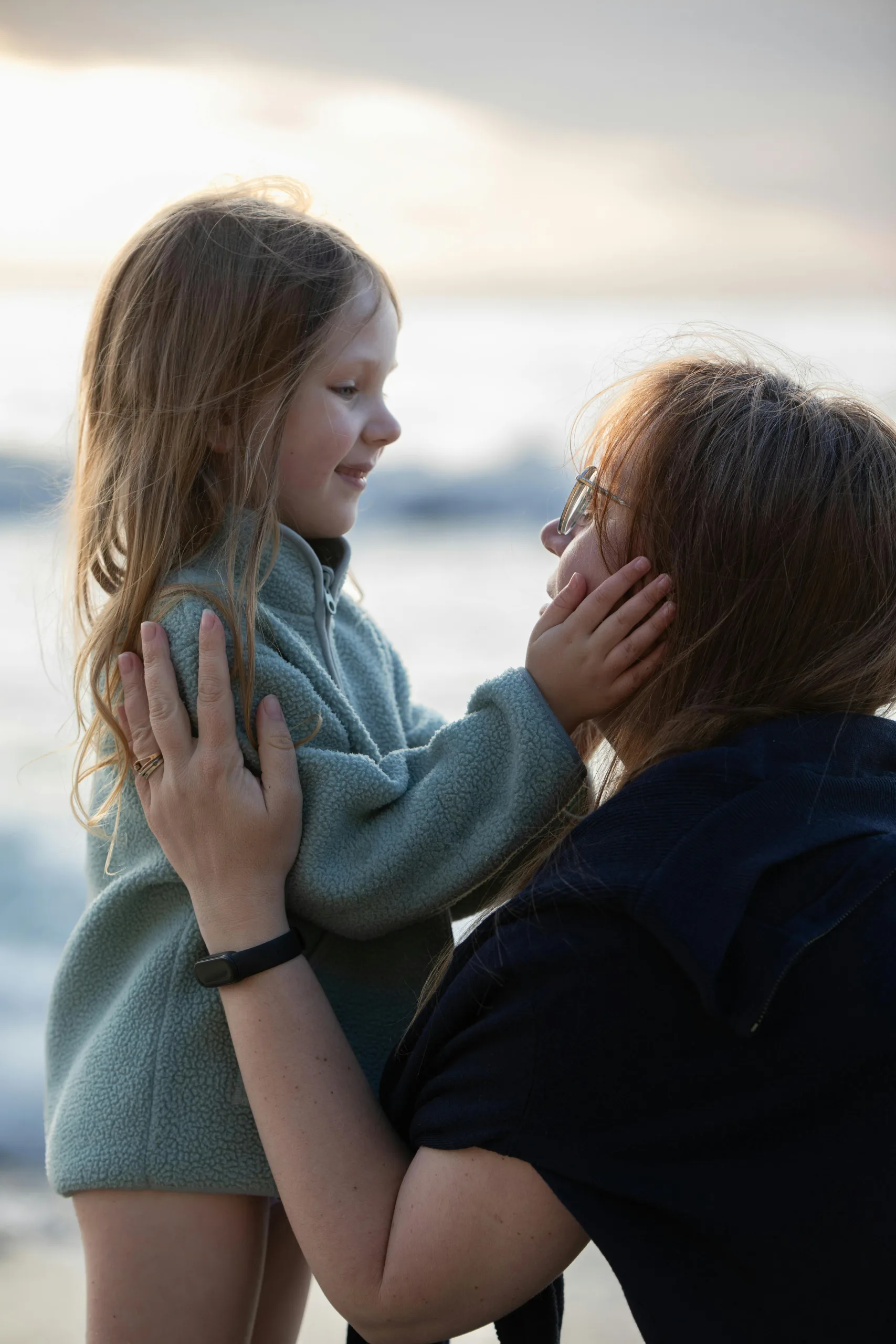
Why This Matters for Development
Lower cortisol contributes to:
-
Emotional resilience
-
Better self-regulation
-
Healthier brain development
-
Reduced anxiety responses
-
More stable mood and behavior patterns
Over time, these micro-moments of comfort create macro-effects in the child’s long-term emotional health. Consistent nurturing teaches the developing nervous system how to return to calm — a skill that becomes invaluable throughout adulthood.
A mother’s kiss is, in essence, one of the earliest forms of emotional coaching.
A Gesture Rooted in Evolution and Human History
Long before neuroscience existed, evolutionary biology hardwired this instinctual behavior into human caregiving. Physical affection — kissing, holding, stroking — was selected and preserved because it dramatically increased infant survival.
Warmth regulated body temperature.
Touch reassured the infant that protection was near.
Affection strengthened social cohesion within early human communities.
Thus, a simple kiss carries the weight of thousands of generations. It is not just an expression of love — it is an ancient survival mechanism, refined into one of our most recognizable signs of care.
The Lasting Psychological Imprint
Beyond the biological responses, a mother’s kiss creates a psychological blueprint. Early positive touch shapes internal models of trust, attachment, and self-worth.
Children who receive consistent affectionate contact tend to develop:
-
Greater emotional security
-
Stronger empathy and social bonds
-
Healthier stress management
-
Higher resilience in the face of adversity
-
A deeper sense of being valued and protected
These patterns often echo throughout life, influencing relationships, confidence, and coping strategies.
A mother’s kiss becomes more than a moment — it becomes a memory stored in the emotional core of the child, shaping their worldview.
Love That Science Can See — and a Child Can Feel
Advancements in neuroscience have allowed us to witness what once went unseen: the biological footprint of love. Brain scans, hormonal studies, and behavioral research now reveal that affection is not intangible. It leaves measurable traces — electrical, chemical, emotional.
But long before these technologies existed, children already knew the truth.
A mother’s kiss could calm their fears, heal their hurts, and make the world feel safe again.
In that brief contact, biology and love meet.
A shelter is constructed in the child’s mind — invisible but enduring.
And within that shelter, the seeds of lifelong security quietly take root.




